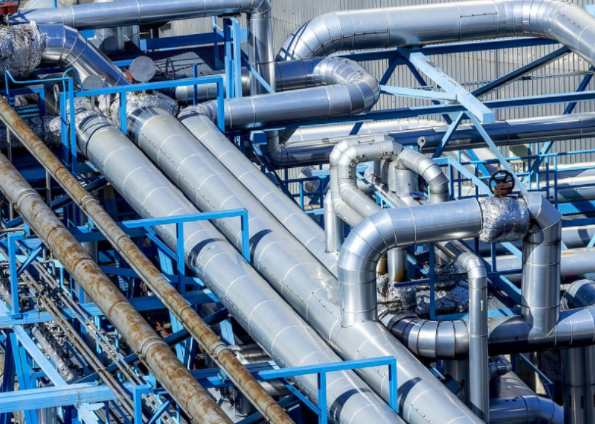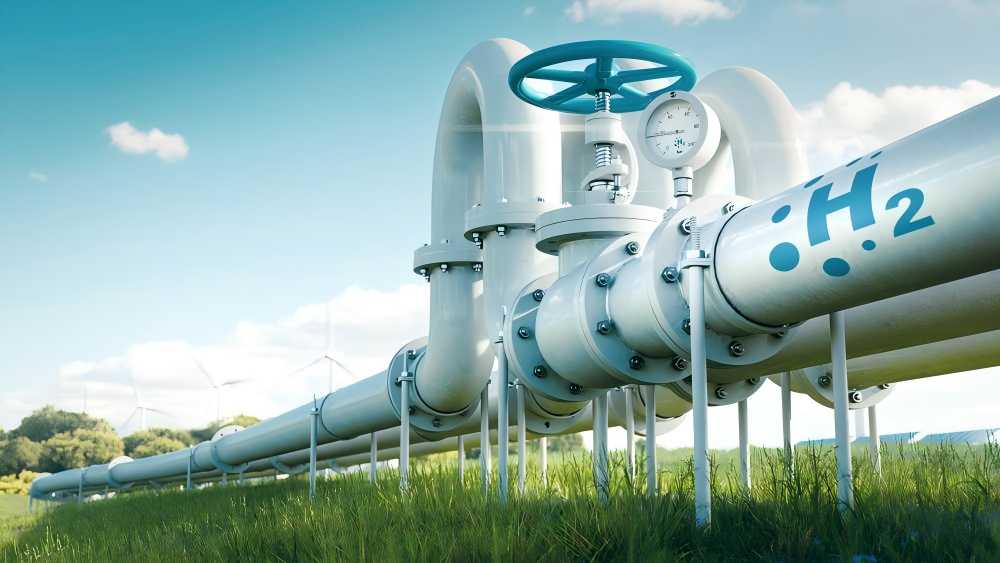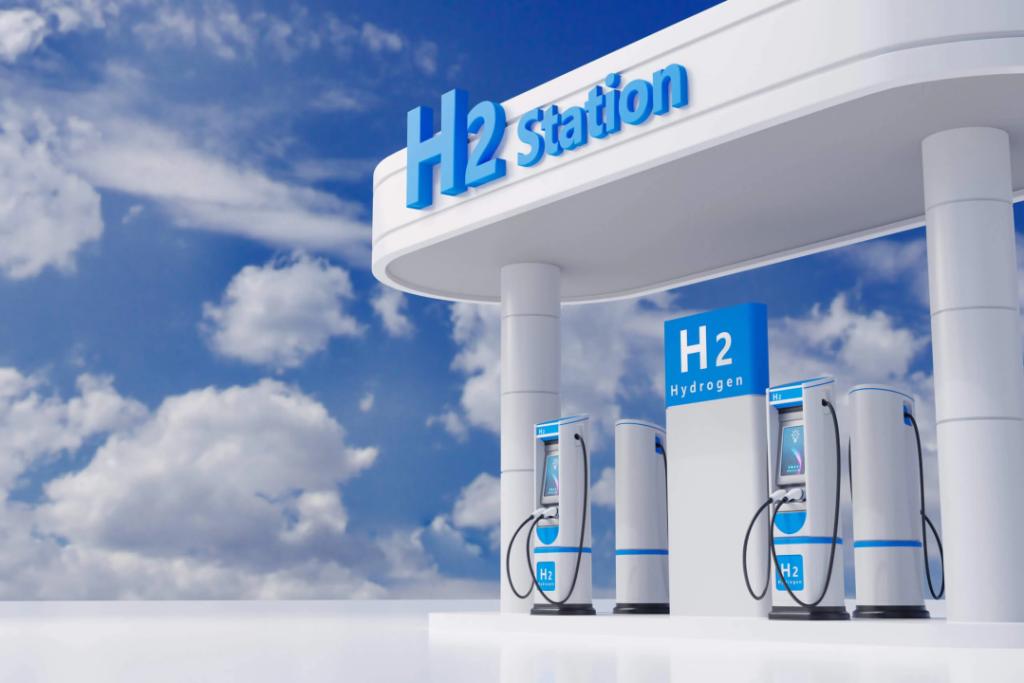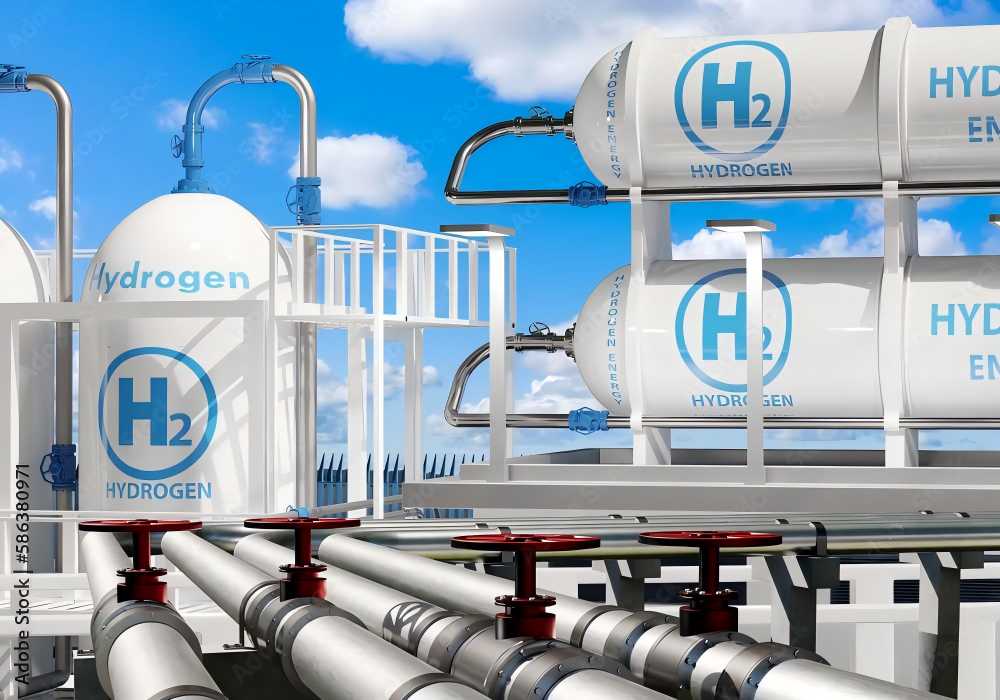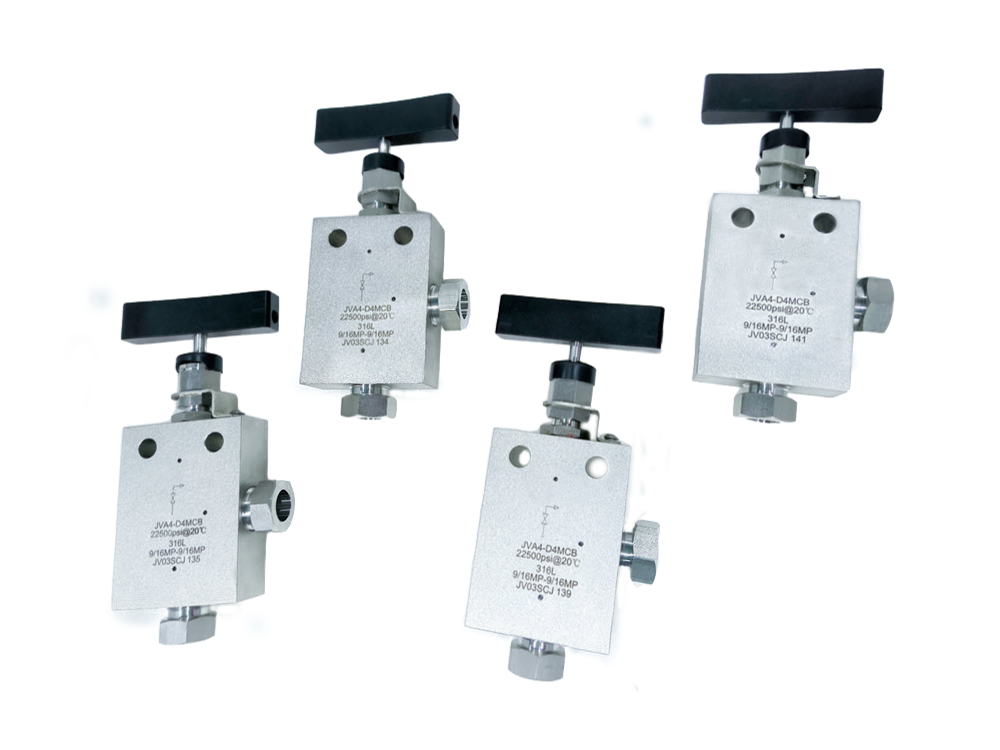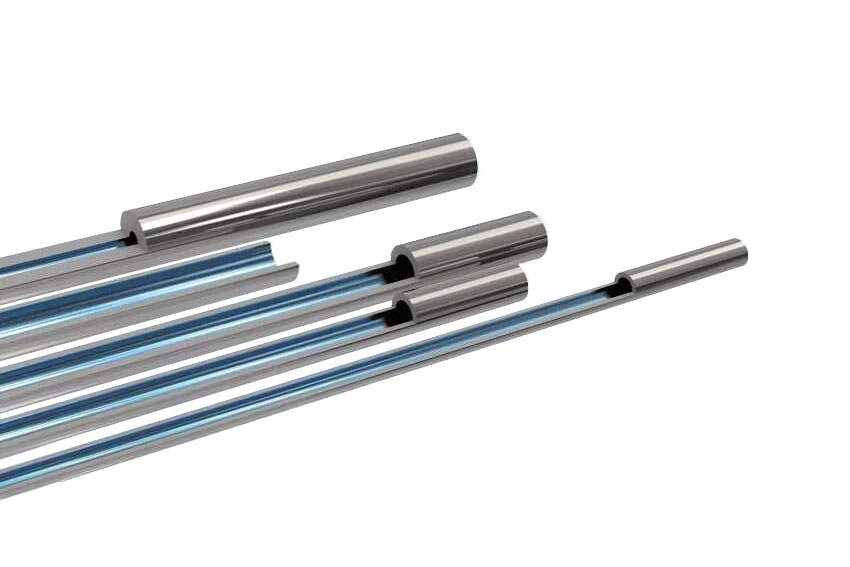Choosing the Right Hydrogen Valve: A Comprehensive Guide
Hydrogen, a promising clean energy carrier, is gaining significant traction in various sectors, from transportation to energy storage. However, handling hydrogen presents unique challenges, including its flammability and potential for embrittlement. Ensuring the safe and efficient operation of hydrogen systems heavily relies on the selection and proper functioning of high-quality valves. This article will delve into the different types of valves used for hydrogen applications, their advantages and disadvantages, and crucial factors to consider when making the right selection.
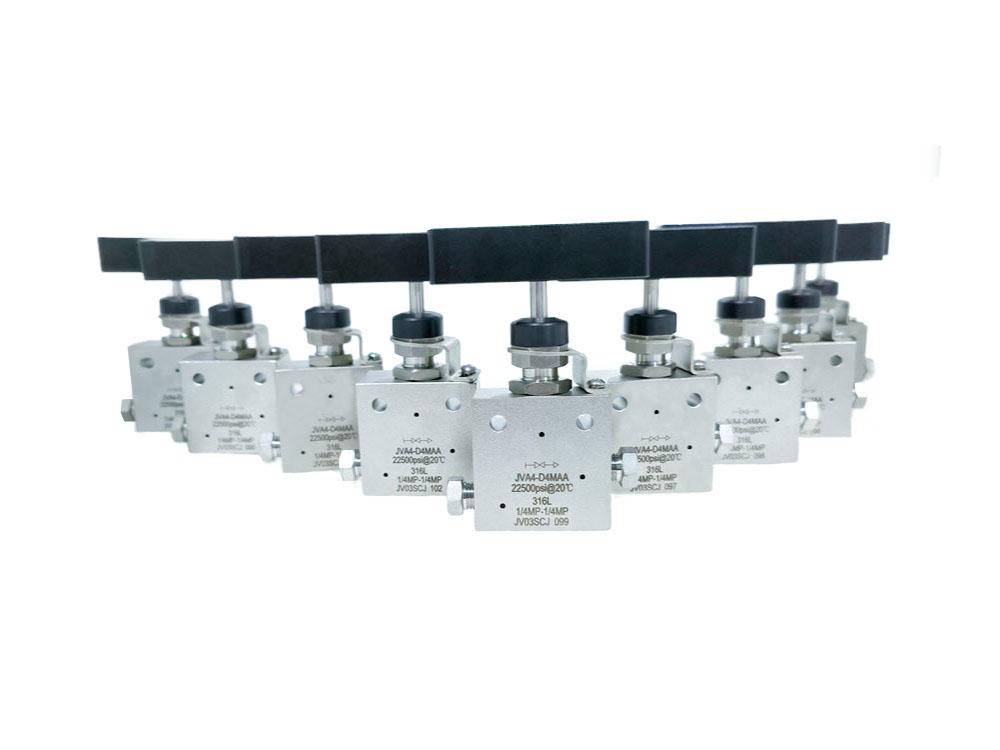
What are the Types of Hydrogen Valves?
Several valve types are commonly used in hydrogen systems, each with its own set of characteristics and suitability for specific applications.
1. Ball Valves
Ball valves are perhaps the most widely used type in hydrogen systems due to their simple design and ease of operation. They consist of a spherical ball with a bore through its center, which rotates within a valve body. When the ball is rotated 90 degrees, the bore aligns with the flow path, allowing fluid to pass through.
Advantages:
- Quick on/off operation: Ball valves provide rapid closure, minimizing the potential for leaks during emergency shutdowns. This is crucial for safety, especially in high-pressure hydrogen systems.
- Low leakage: When fully closed, ball valves typically exhibit excellent leak-tightness, minimizing the risk of hydrogen escaping into the environment.
- Compact design: Ball valves are relatively compact compared to other valve types, making them suitable for space-constrained applications.
Disadvantages:
- Potential for high pressure drop: The abrupt change in flow direction across the ball can cause a significant pressure drop, especially at high flow rates.
- Limited flow control: Ball valves are primarily on/off valves and offer limited control over flow rates.
2. Gate Valves
Gate valves are characterized by a flat gate that moves perpendicular to the flow direction. When the gate is fully open, it provides a straight-through passage for the fluid, minimizing flow resistance.
Advantages:
- Low pressure drop: Due to their straight-through design, gate valves offer minimal resistance to flow, resulting in low pressure drops.
- Suitable for large flows: Their large internal passage makes them suitable for handling high flow rates of hydrogen.
Disadvantages:
- Slow operation: Opening and closing gate valves can be time-consuming, which may not be ideal in emergency situations.
- Potential for leakage: Depending on the design and sealing mechanism, gate valves may be more prone to leakage compared to ball valves.
- High pressure drop at partial closure: When partially closed, gate valves can create significant flow restrictions and pressure drops.
3. Needle Valves
Needle valves feature a tapered needle that moves into or out of the flow path, providing precise control over flow rates.
Advantages:
- Excellent flow control: Needle valves offer precise control over hydrogen flow, making them suitable for applications requiring fine adjustments.
- Compact size: Needle valves are relatively small and compact, making them suitable for various applications.
Disadvantages:
- Low flow capacity: Due to the small orifice, needle valves have limited flow capacity.
- Potential for leakage: The tight seal between the needle and the valve seat may be susceptible to leakage over time, especially in high-pressure applications.
- Erosion potential: The high velocity of hydrogen flow through the small orifice can accelerate wear and erosion of the needle and seat.
4. Other Valve Types
- Check Valves: These valves prevent the backflow of hydrogen within the system. They are essential for ensuring unidirectional flow and preventing damage to equipment.
- Diaphragm Valves: These valves utilize a flexible diaphragm to control flow. They are often used in corrosive or abrasive environments where contamination of the valve internals must be minimized.
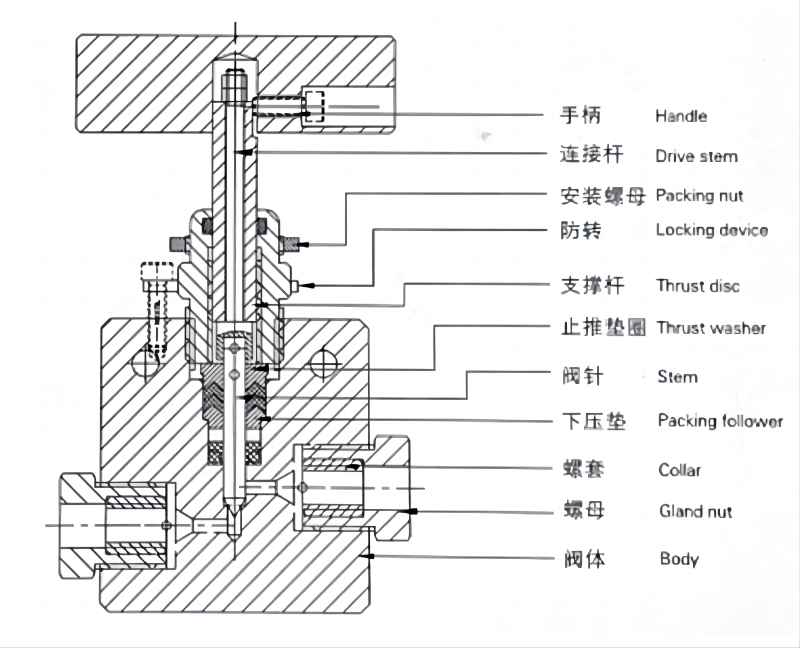
Factors to Consider in Hydrogen Valve Selection
Several critical factors must be considered when selecting the appropriate valve for a specific hydrogen application.
1. Pressure and Flow Requirements
- Pressure Rating: The valve must be rated for the maximum operating pressure of the hydrogen system. High pressure shut-off valves are specifically designed to handle high pressures and ensure reliable sealing under extreme conditions.
- Flow Rate: The valve must be capable of handling the required flow rate of hydrogen without excessive pressure drop or flow restriction.
2. Temperature Considerations
Hydrogen systems can operate over a wide range of temperatures. The selected valve must be able to withstand the anticipated temperature extremes without compromising its performance or integrity.
3. Corrosion Resistance
Hydrogen can embrittle certain metals, leading to cracking and failure. Therefore, the valve materials must be carefully selected to ensure resistance to hydrogen embrittlement and other forms of corrosion. Common materials used in hydrogen valves include stainless steel, nickel alloys, and certain polymers.
4. Leak Tightness
Leakage of hydrogen, even in small amounts, can pose significant safety hazards. Hydrogen shut-off valves are crucial for preventing leaks during emergencies. The selected valve must exhibit excellent leak-tightness characteristics, especially when fully closed.
5. Cycle Life and Durability
Valves in hydrogen systems may experience frequent cycles of opening and closing. The selected valve must be designed to withstand repeated cycles without experiencing significant wear or degradation in performance.
Safety Considerations for Using Hydrogen Valves
Fire and Explosion Hazards
- Hydrogen is highly flammable and can form explosive mixtures with air.
- Hydrogen shut-off valves play a critical role in mitigating fire and explosion hazards by quickly isolating the flow of hydrogen in case of an emergency.
- Proper installation, maintenance, and emergency shut-off procedures are essential for ensuring the safe operation of hydrogen systems.
Leak Detection and Mitigation
- Regular inspections and leak detection tests are crucial for identifying and addressing potential leaks from hydrogen valves.
- Implementing appropriate leak detection systems, such as hydrogen sensors, can help to quickly identify leaks and initiate appropriate safety measures.
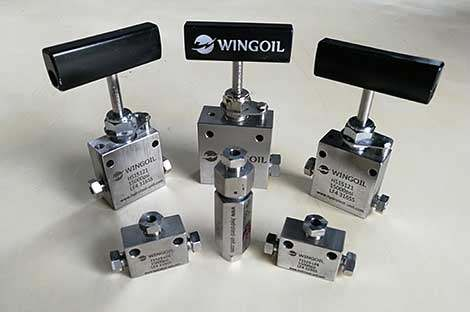
Selecting the right valve for a hydrogen system is a critical decision that can significantly impact safety, efficiency, and overall system performance. By carefully considering the factors discussed in this article, including pressure and flow requirements, temperature considerations, corrosion resistance, leak tightness, and cycle life, engineers and system designers can choose valves that are suitable for the specific demands of the application.
The use of high-quality, properly maintained valves, such as hydrogen shut-off valves and high pressure shut-off valves, is essential for ensuring the safe and reliable operation of any hydrogen system.

